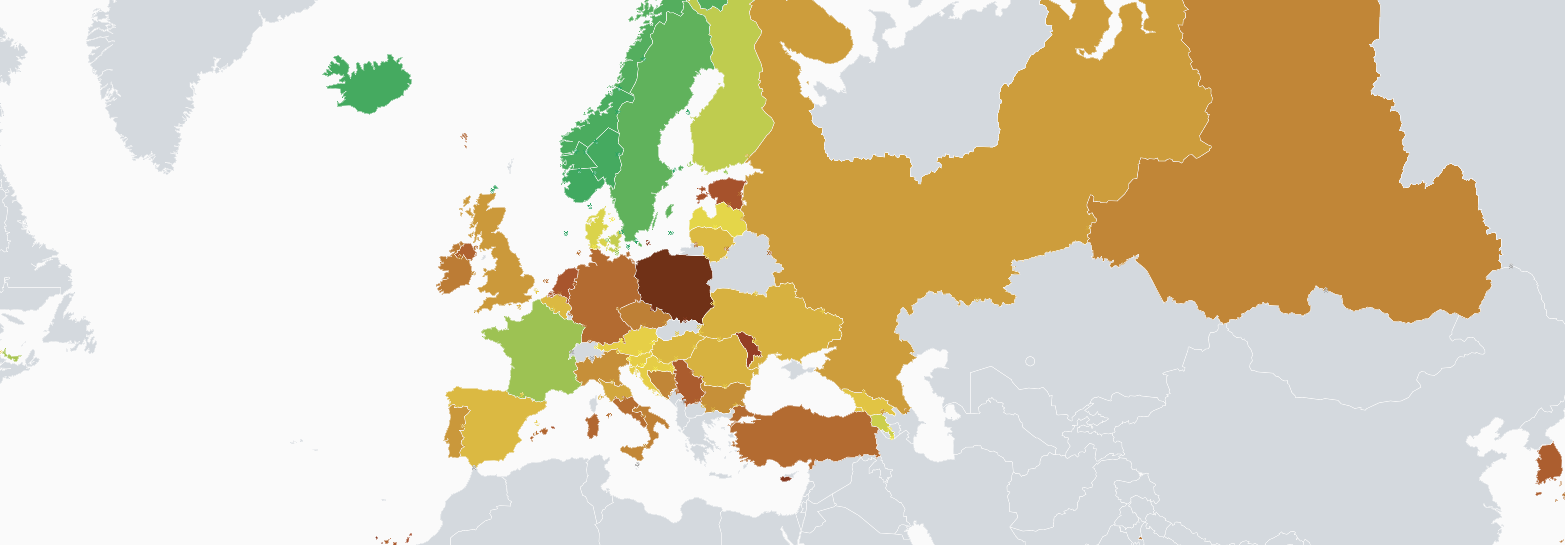Decarbonising all of our electricity generation is the first and easiest step in the huge effort to get the UK to net-zero emissions.
Taking fossil fuels out of transport, heating and cooking also means that we are going to have to double the amount of electricity we need to produce – whether for electrification or for hydrogen production.
Lessons from Europe can tell us a lot about how to do this, because there are already winners and losers in the race to decarbonise. The electricity map shows you who’s leading the fight against climate change.

So what lessons can the UK learn?
Renewables won’t make a real difference if polluting fossil fuels stay in the mix
Germany has spent more than €500bn on renewables – but its emissions have barely changed. That’s because renewables are intermittent and need to be complimented by something else – like storage or a reliable baseload. Since Germany started to move away from nuclear much of that back-up power is from dirty brown lignite coal. Mixing renewables with fossil fuels like coal and gas doesn’t cut emissions far or fast enough.
France, Sweden and Norway have the lowest European emissions from electricity generation. Sweden combines low-carbon renewables with low-carbon nuclear. France does the same – albeit with more nuclear in its mix. Storage has an important role to help us manage short-term supply fluctuations, but long-term storage is prohibitively expensive. The UK needs low-carbon renewables to work with a low-carbon base load.
To read the full article please click Here
Source: Julia Pyke – SZC Director of Financing

